Importance of Sonar in Fishing/Navigation
In the realm of modern commercial fishing and navigation, sonar systems are the unsung heroes, revealing the mysteries of the deep and guiding vessels safely through the waters. This blog post delves into the significance of sonar, exploring how it revolutionizes both fishing practices and navigation strategies.How Sonar Systems Work: Sound Waves, Echoes
Harnessing Sound WavesSonar, short for Sound Navigation and Ranging, relies on the basic principles of sound waves. A transducer emits sound pulses into the water, creating waves that travel through the medium. Echoes Unveiling the Depths
When these sound waves encounter objects underwater, they bounce back as echoes. The sonar system detects these echoes, calculating the distance, depth, and shape of the objects, offering a comprehensive view of the underwater environment.
Types of Sonar Systems: Single Beam, Multibeam
Single Beam SonarIdeal for shallow waters, single beam sonar systems emit a single sound wave, providing a straightforward depth reading directly below the vessel. They are efficient for basic navigation and depth profiling. Multibeam Sonar
In contrast, multibeam sonar systems release a fan of sound waves, offering a broader and more detailed view of the underwater landscape. Widely used in commercial fishing and deep-sea navigation, these systems provide a comprehensive understanding of the underwater topography.
Applications in Commercial Fishing: Finding Fish, Monitoring Seabed
FishfindersSonar, commonly known as a fishfinder in the fishing world, plays a pivotal role in locating fish schools beneath the vessel. Commercial fishermen leverage this technology to identify optimal fishing spots, maximizing their catch efficiency. Monitoring Seabed
Sonar assists in monitoring the seabed, revealing underwater structures and composition. This information aids fishermen in avoiding obstacles, ensuring the safety of both the vessel and the equipment.
Role in Navigation: Mapping Underwater Terrain, Avoiding Obstacles
Ship Echo SounderFor navigation purposes, sonar takes the form of a ship echo sounder. It maps the underwater terrain, helping vessels navigate safely by identifying submerged hazards and charting the topography. Avoiding Obstacles
Sonar’s real-time data enables vessels to avoid obstacles, ranging from underwater rocks to sunken vessels. This collision avoidance capability is vital for the safety of both the vessel and the crew.
Benefits and Limitations: Improved Efficiency, Depth Limitations
Improved EfficiencySonar systems enhance efficiency in both fishing and navigation operations. Fishermen can precisely target fishing areas, while navigators can confidently traverse unfamiliar waters with accurate depth information. Depth Limitations
However, it’s essential to acknowledge the limitations of sonar, particularly regarding depth. While effective in shallower waters, sonar encounters challenges in extreme depths, where other technologies may be required.

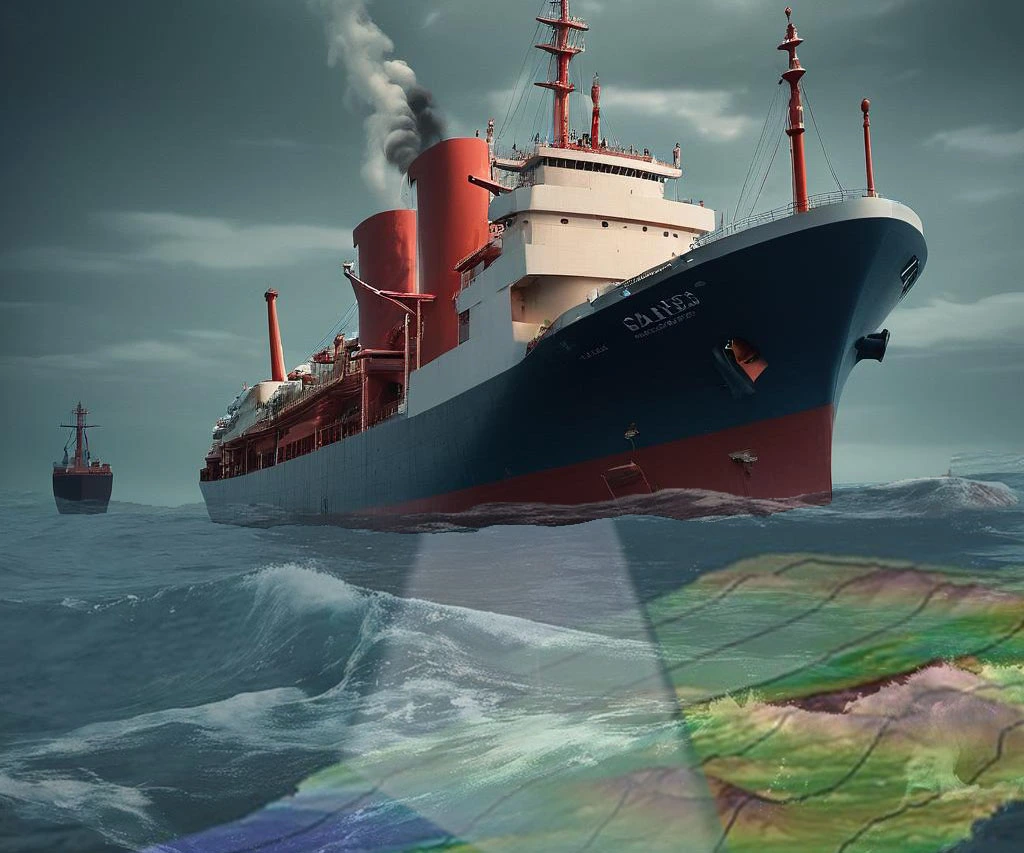
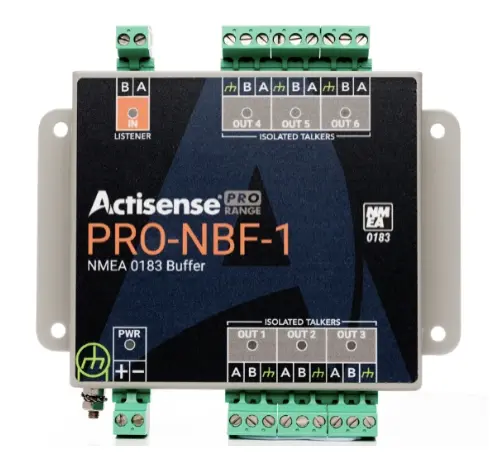
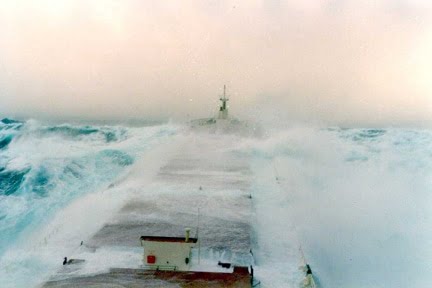
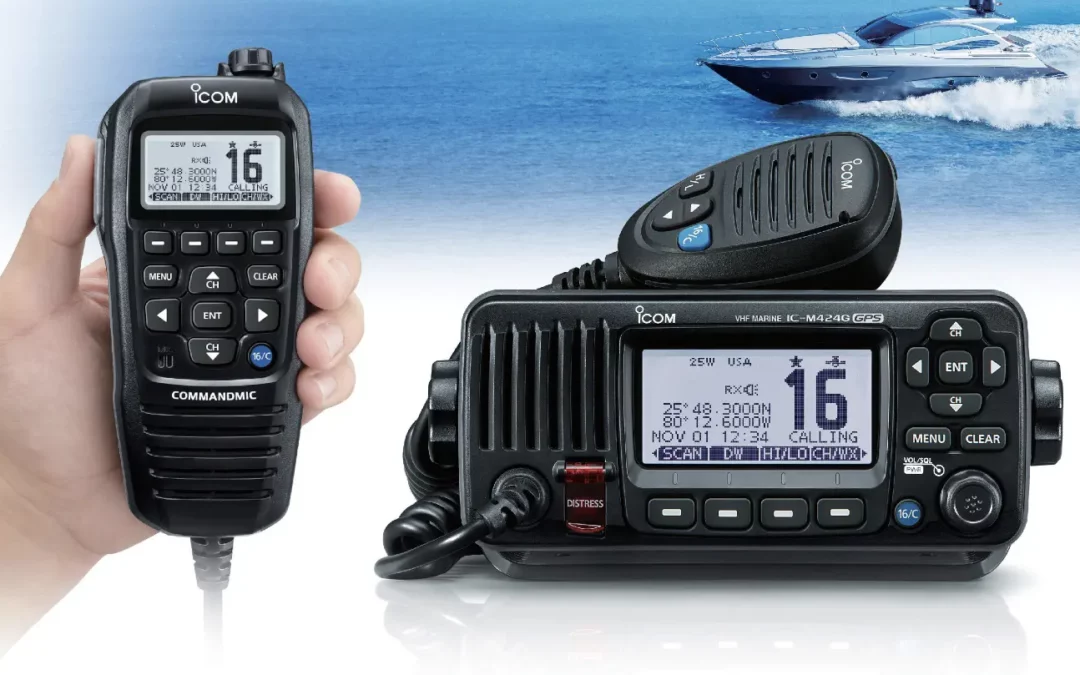

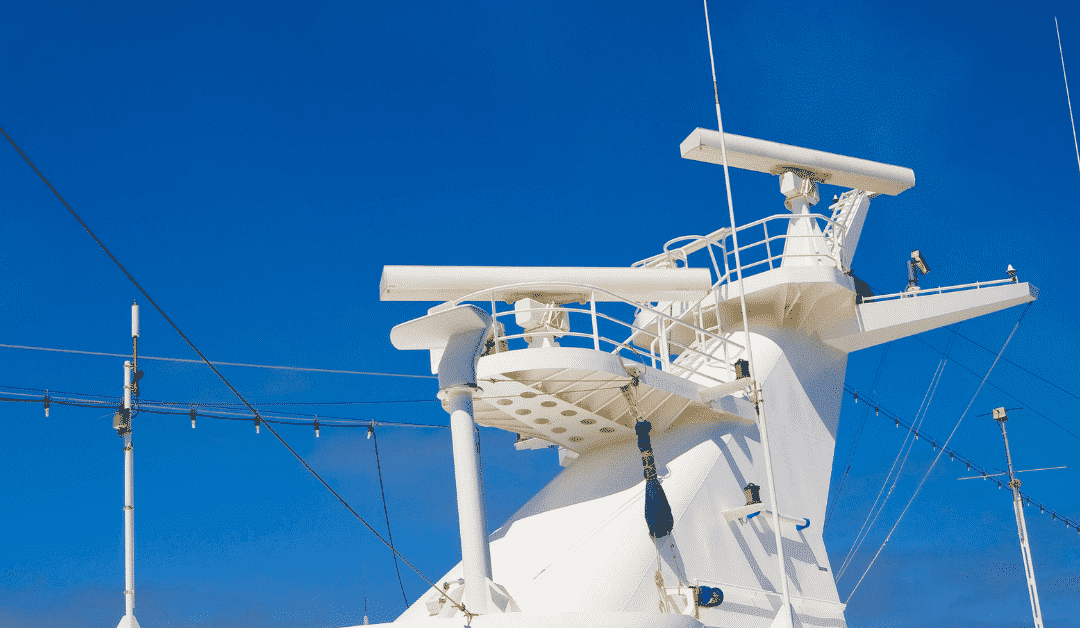
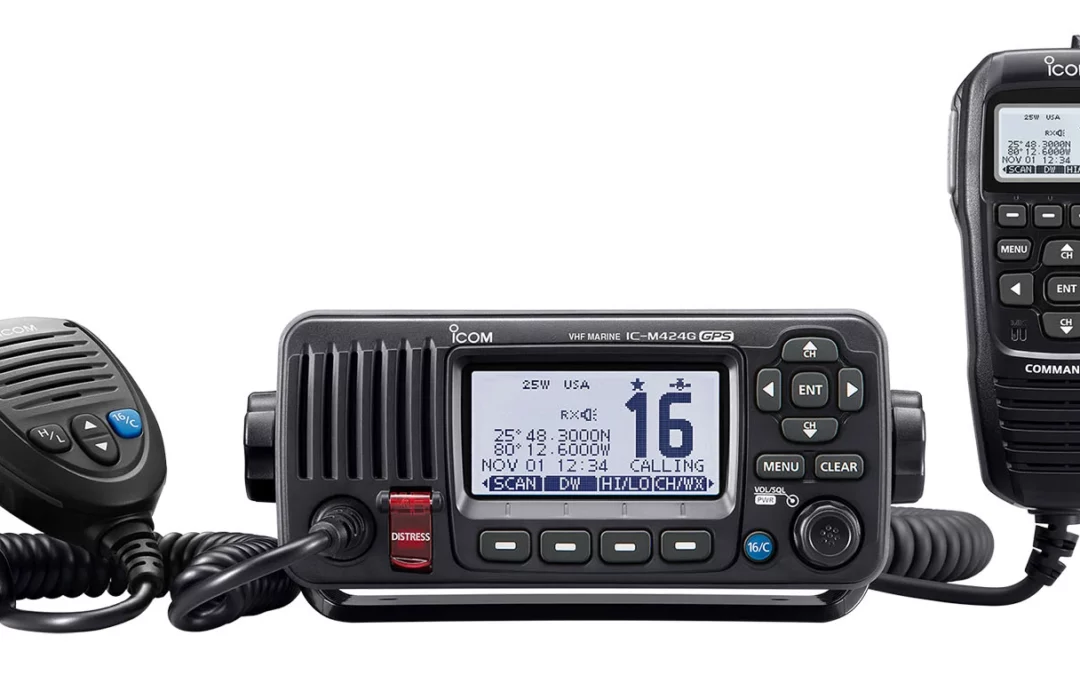
0 Comments